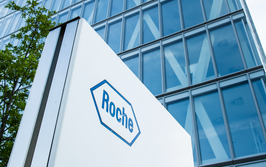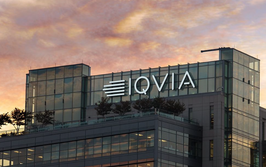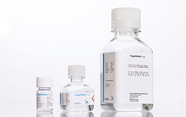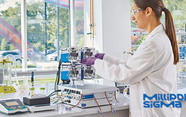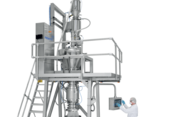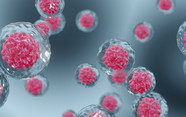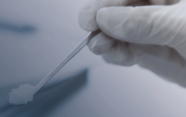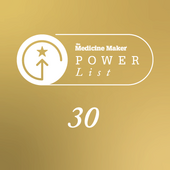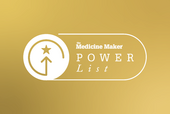Appreciating the Art of Lyophilization
Biopharma has been using lyophilization to stabilize injectables for more than 80 years, but the technique is capable of so much more.
Walter Pebley | | 6 min read | Technology
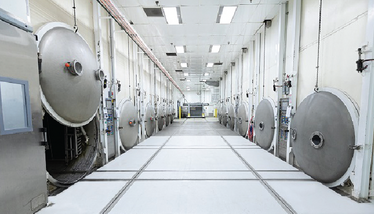
One of the most fascinating aspects of lyophilization is how long it has been around. There is evidence that ancient Incans used a form of freeze drying to preserve food as long ago as the 13th century. They would use the cold temperatures high in the Andes Mountains to freeze their potatoes, and discovered that as the potatoes were exposed to sunlight at high altitudes and temperatures below freezing, the water in the potatoes vaporized. The resulting product was “Chuño” – a potato that did not spoil at warmer temperatures and could be used and reconstituted when needed. A variation of this technique was also developed in Japan in the 16th century to create “Koya-dofu,” freeze-dried tofu.
Of course, lyophilization has advanced dramatically since ancient times, both in terms of approaches and scientific understanding of the process. A formulation can be analyzed to obtain the optimum freezing rate and temperature required to produce a solid composed of either crystalline or amorphous states. The solid material to be dried is placed in a vacuum chamber, where the ice naturally transfers directly into vapor.
Advances in technology have allowed lyophilization to be used for medical purposes. Lyophilization was used to deploy penicillin, blood plasma, and other life-saving therapies in the field during World War II, when cold-chain distribution was difficult or impossible. Lyophilization remains a key technology that can be used to improve access and streamline operations in a cumbersome and expensive cold-chain distribution network.
There are even more opportunities today for lyophilization to benefit medicines. Lyophilization can help make insoluble compounds more bioavailable through the creation of amorphous dispersions, or stabilize biological materials to achieve oral dosing – even for vaccines. As medicine continues to advance with new modalities and ingredients, lyophilization will remain an important technique.
Demand today for lyophilization in pharma
Increasingly, we are seeing demand in using lyophilization to stabilize complex molecules, including biological molecules and microbial therapies. Lyophilization has inherent advantages for sensitive and complex molecules and cells. It mitigates the loss of efficacy and potency by minimizing a formulation’s exposure to heat, oxygen, and shear forces that cause the lysing of cells or unfolding of proteins. All materials are different, so a thorough understanding of the desired output is needed to develop and control the drying cycles (which can take hours or even days). Biologic materials present their own challenges of cryopreservation, where extreme care must be taken in formulation and freeze rate to prevent ice crystals from damaging cell walls.
However, lyophilization technology must continue to advance and keep pace with new modalities. For biologics, two key areas for improvement are precision cycle control and cryopreservation. Because the activity of biologic molecules depends upon them maintaining a specific structure that allows them to interact with targets in the patient, it is critical that the entire process, from freezing to drying to packaging, works in tandem to preserve the activity of the ingredients. If the ingredient is viral, or a bacterial or mammalian cell, then initial formulation with the appropriate cryopreservative is critical to maintaining the integrity of the cell, as is the freeze rate, which can vary from cell type, species, or strain.
Freezing the material while maintaining structural integrity and/or minimizing lysis is just one aspect of the challenge. Ensuring the material dries effectively and completely with maximal viability upon reconstitution requires precision control of the drying process. Advances in monitoring equipment and drug substances are important here, as is the software which controls the cycle. This is an area where AI will likely become an important tool.
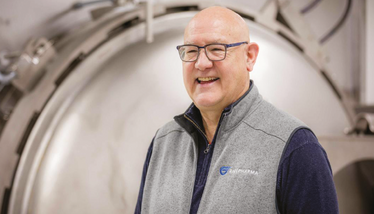
Expertise is key
There are many aspects of lyophilization that are not appreciated or understood for applications outside of its most common one, which is in-vial for injectables. Lyophilization is one of the best technologies for drying to the lowest level of residual moisture content needed for shelf stability and rapid rehydration.
Lyophilization also happens in a very controlled environment, so there is often a minuscule loss of yield (less than one percent) when compared to other drying technologies such as spray drying, where the loss can be 10 percent or more.
Although the cost of lyophilization may be relatively higher than other drying technologies, the very low yield loss and preservation attributes make it very suitable for applications where materials are quite expensive – which is why it is such a popular technique for active pharmaceutical ingredients (APIs).
Although lyophilization is a useful technology, it requires a deep level of expertise to deliver optimal results. We recommend liquid phase analysis for variable identification of freezing rate, drying rate and packaging (retention of efficacy and shelf life).
Lyophilization chambers are available from many suppliers, but having a chamber without the corresponding expertise is like owning a racecar without a driver’s license. Make sure you work with a partner who has the track record, expertise, and know-how to provide solutions and overcome inevitable challenges as they arise. Have a clear understanding of the desired outcome, and work with a partner who takes the time to understand the material and the overall project.
I would encourage developers to set aside any stigmas or preconceptions of lyophilization and consider it a tool for stabilizing, preserving, enhancing, and even delivering APIs. Lyophilization applications are broader than you may have considered and can be a powerful tool to help bring exciting new therapies to market.
Is There a Lack of Lyophilization Expertise in the Industry?
There is probably less of a lack of expertise per se than a lack of appreciation and understanding of the technology’s broader applications – and the expertise that exists around those.
The biopharma industry has been using lyophilization to stabilize injectables for more than 80 years. As a result, when most people think about lyophilization, they think about the in-vial application. Deep understanding of this technology can lead to so many more applications. For example, it can be used to directly create finished dose forms, such as orally disintegrating tablets. These types of tablets use fewer excipients than other dosage forms, and can be particularly useful for patients with dysphagia or who have trouble taking medications. Absorption of an API directly into the bloodstream from the oral cavity may improve safety profiles and can be ideal for acid-liable APIs, or APIs that would benefit from avoiding first-pass hepatic metabolism.
Another interesting application is the use of bulk lyophilization to improve the bioavailability of insoluble APIs through the creation of amorphous dispersions. The extremely low yield loss combined with the easy processing of the material after drying makes this a potentially attractive tool for the estimated 80+ percent of APIs in pipelines with solubility issues.
Chief Scientific Officer at OFD Life Sciences





